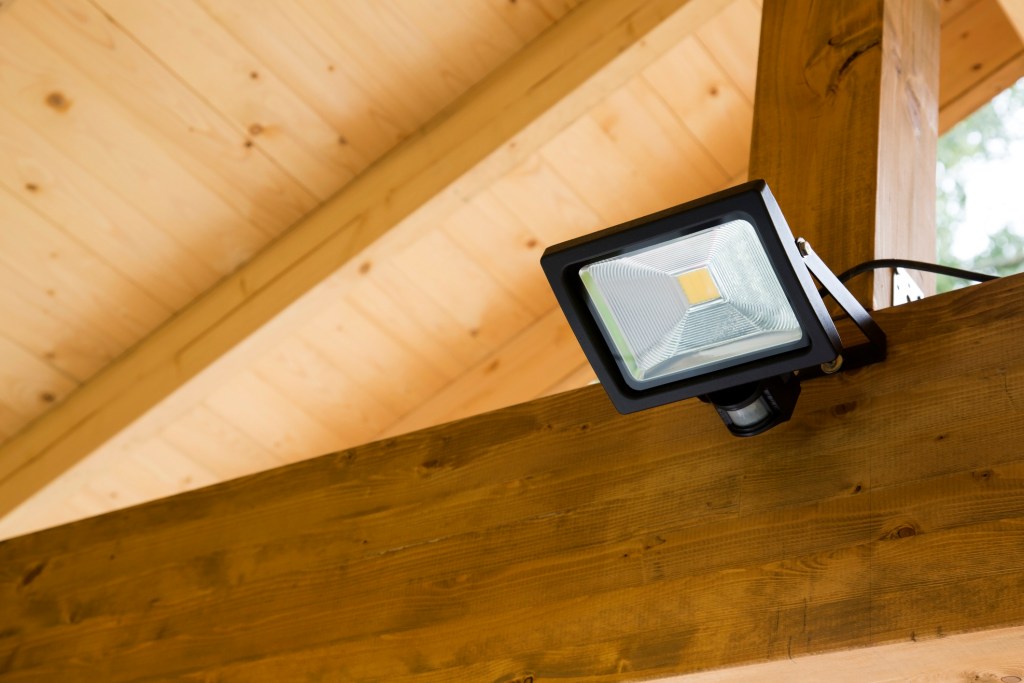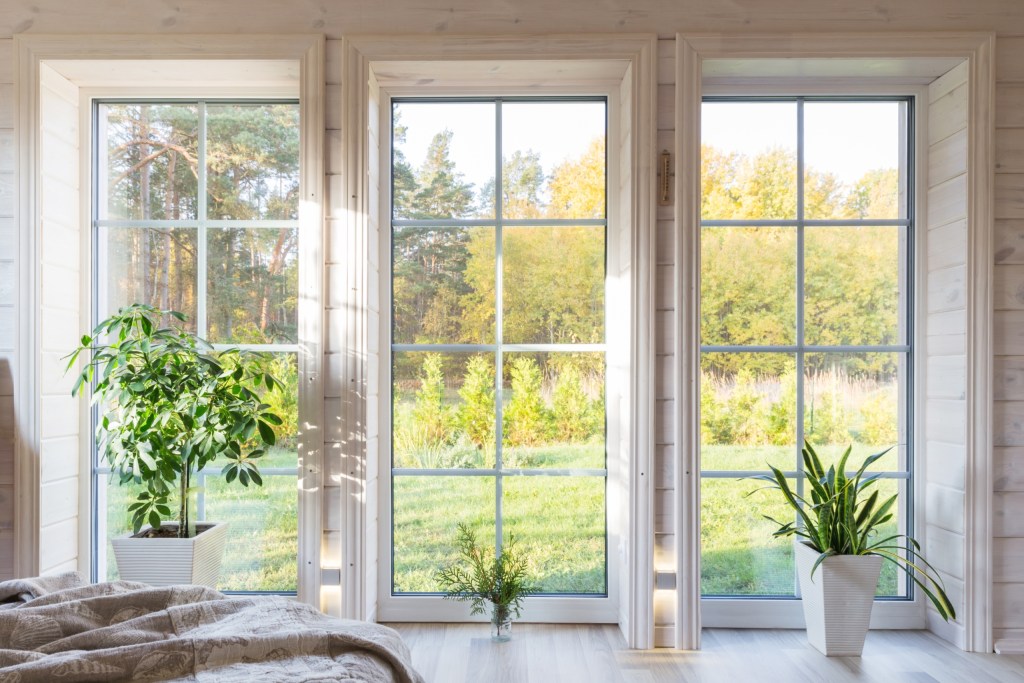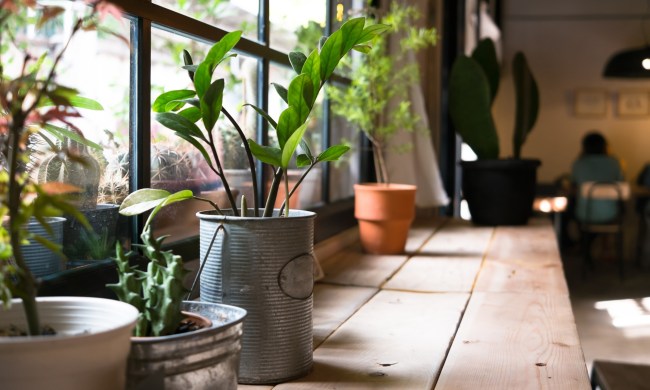When it comes to home security systems and their individual elements, the market is flooded with various products used in all of the different areas of the house. If you’re looking to increase your home’s security, it can be challenging to determine which products are right for your needs, and there’s certainly a lot to consider when selecting a home security solution.. Today, we’re going to compare two common home security devices — motion detectors and window sensors — both of which alert you when an intruder may be present.

Motion detectors
Motion detectors use infrared technology to sense movement or even body heat in a specific area. Once movement or body heat is detected, you are notified by an alarm, a smartphone notification, or both. Let’s take a look at some of the specific qualities of motion detectors.
Motion detectors can monitor and measure motion in a larger space, like an entire room, which is beneficial since it means you can have fewer devices securing a larger number of rooms. Additionally, since you need fewer of these devices overall in your home, the steps for installing motion sensors are fewer overall than other security devices. Motion sensors typically require no electrical wires and are mounted on the wall or ceiling with screws and brackets. They tend to be lightweight, so you don’t need to worry about finding a stud or damaging your walls. And, since you typically only need one device per room when installing motion detectors, the overall cost of using this method tends to be a bit lower. You can even keep motion detectors strictly in the lower rooms of your home to reduce costs even further.
There is one downfall to motion sensors monitoring an expansive area: They tend to be prone to false alarms. If someone gets up for a midnight snack or if your pets decide to take a stroll around the house in the wee hours, there’s a risk of tripping the alarm. Placing the sensor in a carefully selected area, such as higher up on the wall or in areas that pets can’t access, can sometimes reduce the frequency of false alarms.

Window sensors
Unlike motion sensors, which are are designed to sense body heat and movement in a room or large area, window sensors detect when a specific point of entry, like a door or window, is opened. A stationary sensor is set up on the door or window panel, and a magnetic piece is lined up with the sensor on the part of the door or window that moves to open. When the door or window is opened, the sensor detects that the magnet has moved away, and an alarm is tripped to notify you of unauthorized entry.
Small and precise detection area
While motion sensors monitor an entire space, window sensors detect movement only at the specific point of entry that it is being monitored. While a window sensor is not an appropriate device to monitor movement in your home, the basic ideology to support window sensors is that all entry points are equipped with them. Essentially, you catch the intruder at the entry point, and you don’t need to monitor movement inside the home.
To set up your system of window sensors in a way that will allow for the highest level of security, the installation process is a bit longer than that of motion sensors. Since you would ideally have a sensor on every entry door, every ground floor window, and even on upper floor windows that could conceivably be accessed from the outside, you’ll be installing a good number of sensors. The good news is, many window sensors don’t require any tools to install. You just stick the side with the adhesive strip to the window or frame.
Since the sensor is only detecting movement on the point of entry itself, false alarms are rare. The only situations where a false alarm may be possible is if there is a faulty device or if you go to open the window and forget to turn off the sensor first. Roaming pets or midnight snack adventures will not wake the whole house or call in the cavalry. However, since window sensors should be installed on all entry doors and at least every window on the ground floor, that’s a lot of devices to purchase. Particularly for larger homes with numerous windows, it can be a pricier home security project than installing motion detectors.
The home security devices you choose should align appropriately with your needs and lifestyle. If you have a lot of traffic in your home due to multiple children or larger pets, motion sensors may be a bit of a headache for you. Alternatively, if you’re on a strict budget for your new security system or if you have a home with a large number of windows, you may find that going with motion detectors makes more sense. Whichever you choose, you can rest easy knowing your home is safe and secure.



